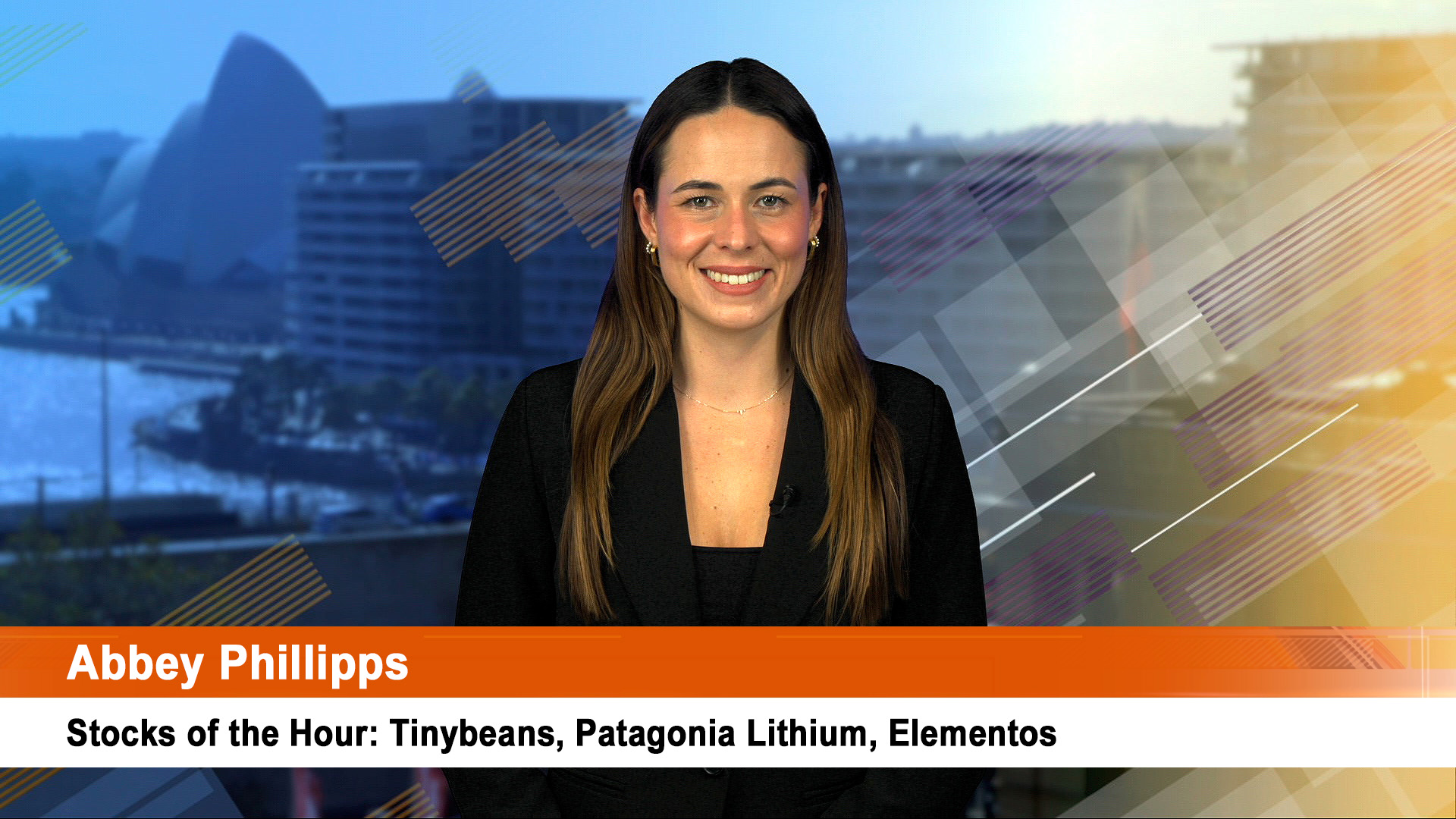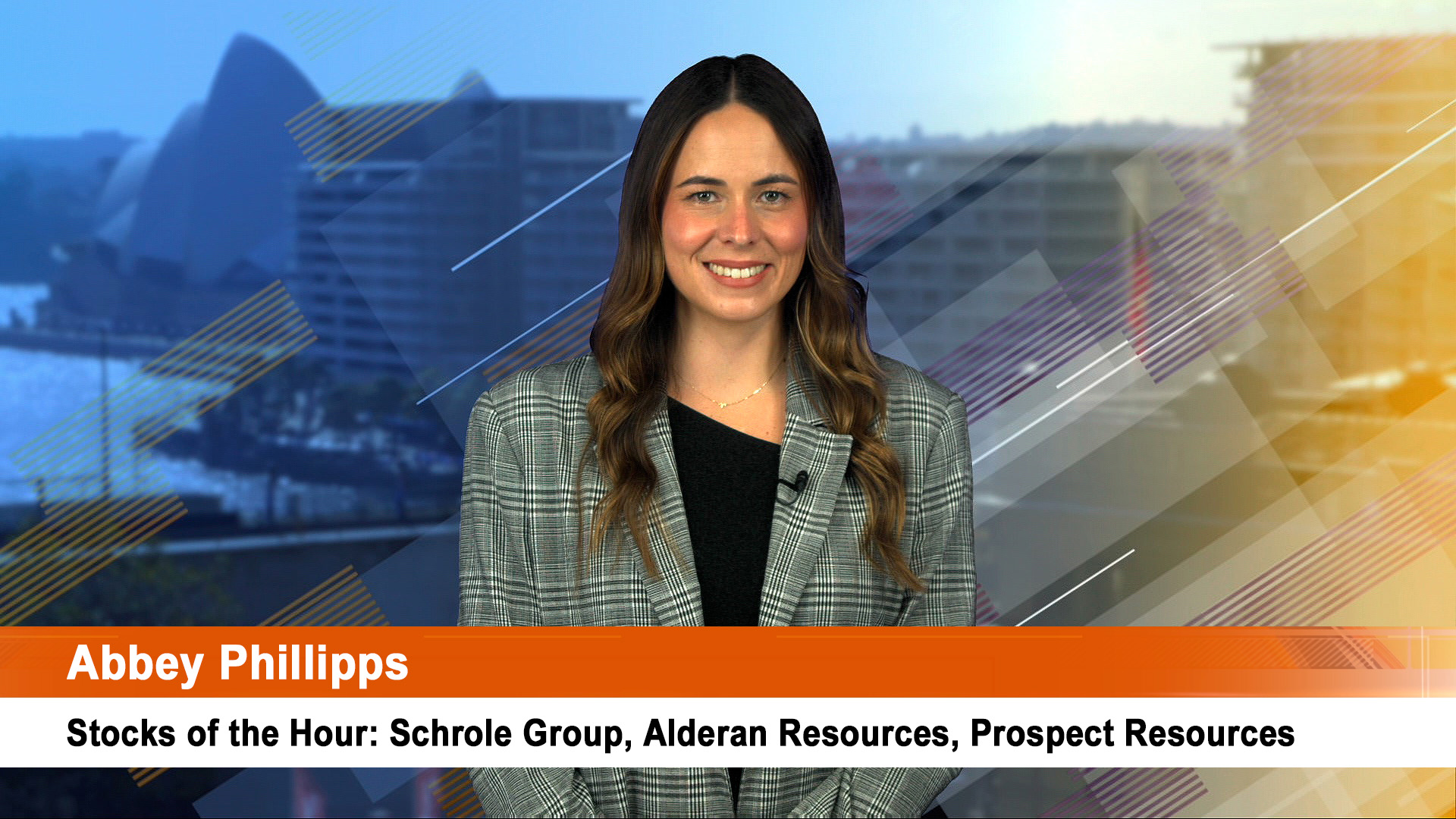
Well, the chances of a Reserve Bank rate rise are non-existent, while the chances of a rate cut are growing, despite another round of opportunistic rate rises from our now dominant banks and expectations of a high inflation reading when the June quarter Consumer Price Index is released next week.
The release of the July 1 board meeting minutes yesterday makes it clear that a rate rise in not in the bank’s thinking and not even a forecast 1% or more rise in next Wednesday’s June quarter Consumer Price Index will make the bank change its approach.
The bank’s minutes were released on a day when the stockmarket here tanked, and those in Asia weren’t far behind, especially Hong Kong and China. Europe, especially London, was also weak with 2% plus falls and Wall Street finished around 1% lower as Fed chairman Ben Barnanke wanred that conditions in the markets and the US economy had worsened in the past few weeks.
Oil slumped sharply: down more than $US6 a barrel to $US138.7d, its second ever biggest fall. the US dollar fell, rose and then fell and the Australian dollar charged on towards parity with the US as it hit 97.80 US cents in late trading in Asia, and then 97.90 in the US markets.
At the close, ASX200 index was off 105.3 points, or 2.1% at 4815.7, its lowest close in nearly 30 months; the fall equates to another more than $20 billion being wiped off the market’s value and brought the losses in this year to 24%.
The broader All Ordinaries dropped 97.8 points, or 2%, to 4910.1 and the futures are again tipping a lower opening.
The Fed chairman could have been updating our Reserve Bank’s minutes with his testimony to the Senate in Washington overnight. He seemed to be confirming that financial conditions have weakened noticeably since the RBA’s July 1 board meeting, despite rising inflation worries.
Those inflation pressures won’t cause a rate rise in the US or UK soon, nor will they force the RBA to boost rates here: in fact a rate cut is probably more of an option now.
The soaring value of the Australian dollar is dampening the inflationary impact of the high oil and petrol prices, a small mercy for consumers and the economy as activity slows.
Even with the stronger dollar, the RBA is clearly expecting a big CPI figure, and has forecast that higher petrol prices will add 0.25% to that outcome and to the September quarter’s CPI, but it can’t see a reason to lift rates, or even warn in its usual veiled fashion.
You see the RBA is becoming a bit worried about the health and strength of the economy, thanks to the instability offshore, the stockmarket slump, rising inflation, high oil and petrol prices and the impact of its rate rises (four since last August) and those extra ones from the banks.
The oil and petrol price rises are acting like extra rate rises: including the extras from the banks, interest rates are now up more than 1.50% since last August. That is a significant tightening. Throw in the higher oil prices and the impact could be more like 2% or more of rate rises.
The bank dropped its rate rise big stick in June when it realised that there had been more rate increases than its 1% of increases since last August, and that rising oil and petrol prices were having an impact similar to further rate rises.
That showed up in specific references to the impact of rising oil prices in the July 1 post meeting statement from RBA Governor, Glenn Stevens.
And events since that meeting, especially the worsening in financial conditions in global credit markets, a further contraction in bank lending in the US, Europe, UK and now Australia in May, plus continuing high petrol and oil prices means that any fears about inflation rising further are being outweighed by questions about whether current monetary policy is too tight.
Don’t expect a rate cut next month or in September, but 0.25% off the 7.25% cash rate by year’s end wouldn’t surprise.
Bank lending here has slowed dramatically, despite the latest round of opportunistic rate rises from the banks, who all blamed for higher funding costs from the wholesale markets.
The rate rises came despite falling lending and consumer sentiment which has worsened in the past month, as have business confidence and conditions. They are at a level last seen on some measures, at the end of the 1991-92 recession. Bank lending in May had its biggest fall since 1992 as well, and yet the banks lifted rates.
In fact the RBA took a poke at the banks’ subsequent rate rises. Westpac joined the queue yesterday with a 0.14% increase in its home loan rate from tomorrow.
The minutes show the board discussed the way the Australian banks had been funding themselves in recent months.
"Members noted that the continued strong pace of bond issuance by Australian banks meant that they were funding beyond current needs and for next year," the minutes said.
"The maturities of new bond issuance had lengthened and there were indications that spreads at issuance were now starting to narrow."
"Over the past month, there had been signs that conditions in the domestic residential mortgage-backed securities market had improved further, with new issues at lower cost than those earlier in the year. Mortgage-backed securities markets in other economies had remained very subdued so far this year," the board said.
That would indicate that the banks are not paying more for their money domestically and they are having no great worry in borrowing for longer and into 2009. Perhaps the banks are being forced to pay more on the bonds they have issued overseas? Or is it a lack of competition.
"Members concurred that the evidence becoming availa













